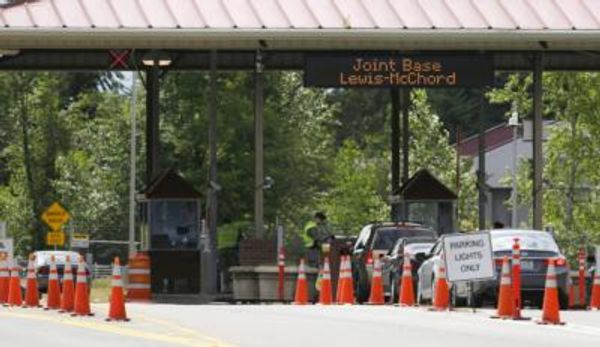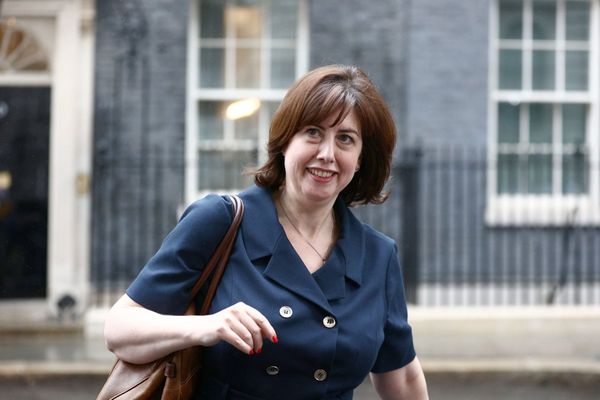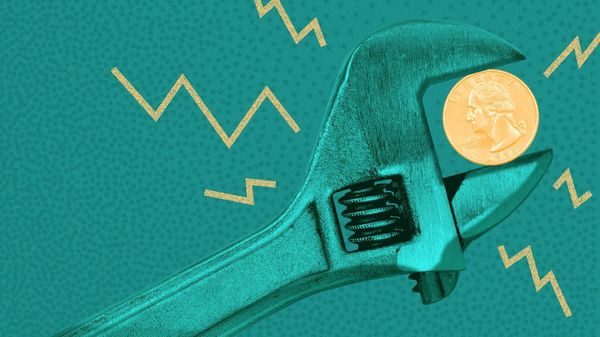
Emergency consumer expenses have surged 16% since 2022, according to a recent report from LendingClub in partnership with PYMNTS. The report finds that two-thirds of the unexpected expenses consumers experienced cost over $400, with 41% spending double that amount or more. Car repairs and health-related expenses were among the most common unexpected events, costing an average of $1,300 and $1,500 respectively.
TheStreet's J.D. Durkin sat down with LendingClub Money Expert Alia Dudum to break down these findings.
Full Video Transcript Below:
J.D. DURKIN: A recent report from LendingClub shows that consumers unexpected expenses have really surged over the course of the last year or so. Alia, walk us through the findings and really, what does this mean?
ALIA DUDUM: Yes, absolutely. So since 2013, the Federal Reserve has tracked consumers' ability to afford a theoretical $400 emergency expense, which is often used to help assess consumer's financial well-being. That figure is used widely in the industry, has remained the same for 10 years, and it doesn't accurately reflect today's consumer experience. For example, our research is just showing that unexpected emergencies average $1,700 today and we're seeing those expenses continue to inflate, growing 16% since last year.
Car repairs and health related expenses are the most common and cost an average of $1300 and $1,500 respectively. Our research is also showing that nearly half of consumers have faced unexpected emergencies over the last three months, with millennials and high income consumers facing them at even higher rates. To give you some context, they're consumers earning more than $100,000 annually were 34% more likely to have face these experiences than their lower income counterparts. And we also looked at how consumers are paying for these events and found that 51% are using cash from their savings accounts. Over a third are pursuing financing or alternative sources, and 28% are using credit cards.
J.D. DURKIN: Alia, why do you think we're actually seeing these sorts of unexpected expenses rising? Is there anything in your data that gives us a sense as to the why?
ALIA DUDUM: Yeah, absolutely. So the short answer is unexpected emergencies are just happening more frequently. And while the share of consumers who have faced these expenses remains relatively unchanged, the average cost to consumers of these expenses continues to rise. And so that's a trend that we actually expect to see continue. So fueling your emergency fund and keeping at least three to six months worth of your living expenses in there is really key. Paying off your high interest debt, such as credit cards and looking to lower cost alternatives like personal loans if you need extra cash and extra savings. So for example, a lot of banks, including lending club, offer high yield savings accounts with an average percentage yield over 4%. If you have money sitting in a savings account that doesn't yield you, at least that you really should consider changing to one that does, so you can possibly earn more.










